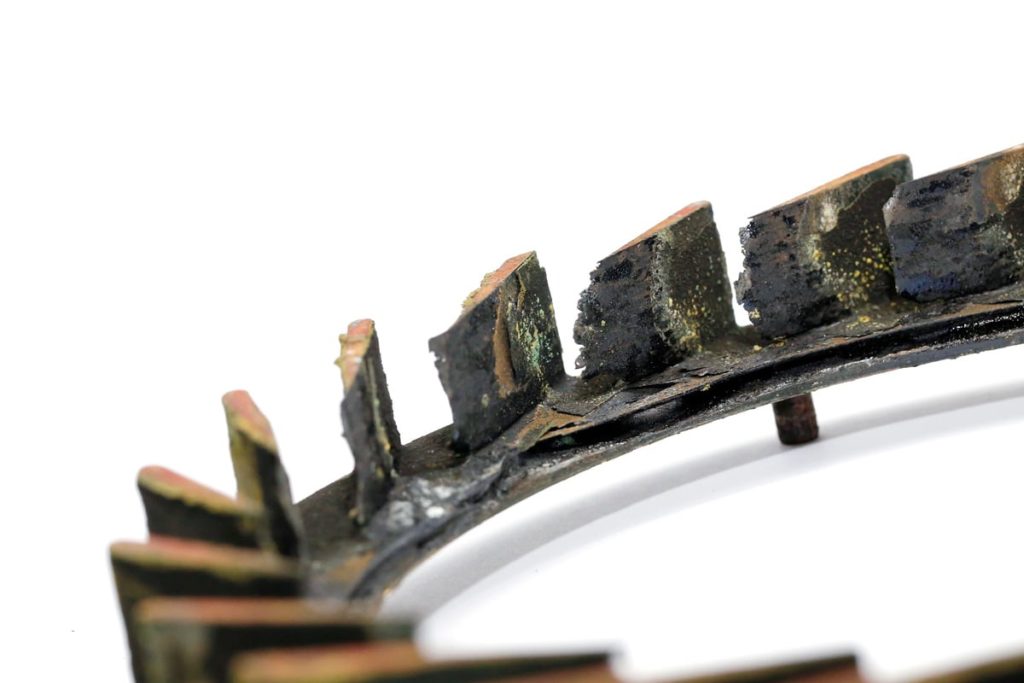Tru-Marine has successfully printed the world’s first nozzle ring for marine turbochargers using exotic super metal alloy.
The premature erosion of nozzle rings has been a commonly reported problem, creating unplanned down times and emergency service attendance. In such situations, spare part replacements are usually unavailable, and come with long lead times at high costs.
An industry leader with nearly four decades of turbocharger reclamation expertise, Tru-Marine has developed proprietary processes in 3D printing. The company offers nozzle ring repairs by way of layerwise building which enables reconstructing worn out areas directly onto the original component.
Damaged nozzle rings can now be reclaimed to ‘like-new’ condition as and when the vessel calls for it, either as an intermediary option, or as a reconditioned spare part, within a fraction of the time required by commonplace repair methods.
The parity of high quality raw materials and cost cannot be achieved with conventional metalworking production that requires economies of scale. With additive manufacturing like 3D printing, production is initiated in piece rate, resulting in lower production costs and minimal material wastage since material that is only required is used. Components can be made of multiple metal alloys or exotic materials to improve their physical properties in the areas that are necessary. 3D printing also gives rise to simpler designs that do not incorporate fasteners or welded seams, thus enhancing performance and reducing production and delivery times.
By using exotic metal that surpasses current casting standards, Tru-Marine promises improved heat and corrosion resistance as a value gain. Exotic alloys have a high ultimate tensile strength such that when they are processed using additive manufacturing, near perfect densities of greater than 99.5% are achieved, as porosities show up as insignificantly small with negligible effect on strength.
In addition, the capability for geometric complexities with 3D printing also allows for the perfect match of every intricate profile in accordance to the technical specifications of each nozzle ring model.
Yielding positive results in tensile strength and microstructure laboratory examinations, the 3D printed nozzle rings have been tested to be suitable for turbocharger applications. This breakthrough comes with the support of government agencies and local research institutions, lending greater confidence and acceptance of the repair innovation.
Tru-Marine has been at the forefront of innovative technology to develop relevant reclamation solutions for the economic recovery of worn turbochargers. Its foray into additive manufacturing in place of traditional welding methods started with the laser cladding of turbochargers with thin shafts as well as the new generation type that are produced in high performance alloys.
The company’s research and development (R&D) capabilities date back to over two decades, where it first collaborated with research and tertiary institutions to develop the welding repair of turbine blades using gas tungsten arc process. Over the years, Tru-Marine has established progressive in-house R&D efforts to extend its product and service lines using indigenous technologies. It has a strong reputation for bringing about disruptive technology that proactively phases out market practices that have become sub-optimal in productivity and relevance.
The new capability in 3D printing has once again strengthened the Group’s lead in the innovative reclamation of turbochargers.



